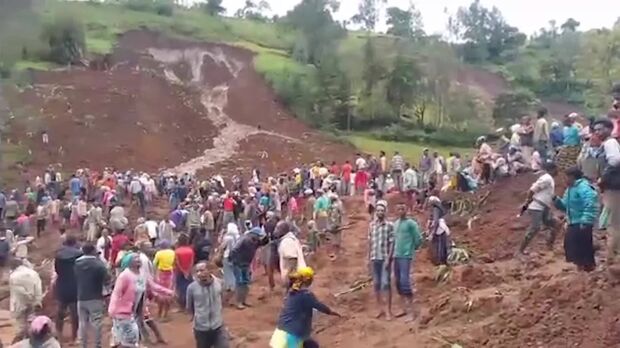
A series of catastrophic mudslides in southern Ethiopia’s Kencho Shacha Gozdi district has resulted in at least 229 fatalities, including many who were attempting to rescue survivors. The disaster, triggered by heavy rainfall, has affected a wide range of victims, from young children to pregnant women.
As search and rescue operations continue, the death toll has risen sharply from initial reports. Local authorities are grappling with the scale of the tragedy, with an unknown number of people still missing. The federal disaster prevention task force has been deployed to assist in the ongoing efforts.
The mudslides have left a trail of devastation, with heart-wrenching scenes of children clinging to deceased family members. Rescue workers face challenging conditions as they navigate the steep terrain, searching for survivors and recovering bodies.
This disaster highlights the vulnerability of the region to such natural hazards, particularly during the rainy season which typically lasts from July to mid-September. The incident has drawn national attention, with the Prime Minister expressing deep sorrow over the loss of life.
As the community reels from the impact, questions arise about disaster preparedness and mitigation strategies in vulnerable areas. The tragedy serves as a stark reminder of the potential consequences of extreme weather events in regions prone to landslides and flooding.
